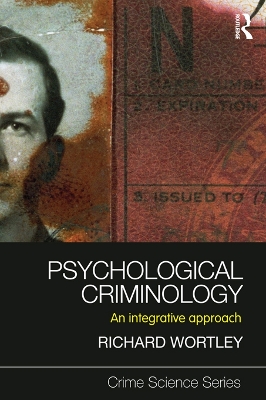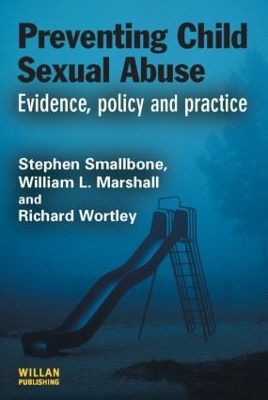Crime Science
2 total works
Psychological Criminology addresses the question: what is it about individuals and their experiences that cause them to commit crime and/or to become criminal?
This book provides a comprehensive coverage of psychological theories of crime and criminality, exploring theories focusing on factors present at birth (human nature, heredity); theories that focus on factors that influence the offender over the lifespan (learning, development); and theories focusing on factors present at the crime scene. It emphasizes the connections among the different approaches, and demonstrates how, taken together rather than as rival explanations, they provide a more complete picture of crime and criminality than each provides individually.
Theories are arranged throughout the book in a temporal sequence, from distal to proximal causes of crime. The analysis spans 100,000 years, from the evolutionary roots of criminal behaviour in the ancestral environments of early humans on the African savana, to the decision to engage in a specific criminal act.
Key features of the book include:
- a focus on theory – ‘explaining’ crime and criminality,
- an integrative approach,
- accessible to readers who do not have a background in psychology.
Psychological Criminology highlights the contributions that psychological theory can make to the broader field of criminology; it will be of interest to students, academics, researchers and practitioners in both criminology and forensic psychology.
Preventing Child Sexual Abuse
by Stephen Smallbone, William L Marshall, and Richard Wortley
Public policy responses to child sexual abuse are dominated by interventions designed to take effect only after offenders have already begun offending, and after children have already been sexually abused. Comparatively little attention has been given to alternative prevention strategies – particularly to those aimed at preventing sexual abuse before it might otherwise occur. Considerable knowledge has been accumulated on the characteristics, modus operandi and persistence of offenders, the characteristics, circumstances and outcomes for victims, and the physical and social settings in which sexual abuse occurs, but little work has been done to systematically apply this knowledge to prevention.
This book aims to fulfill this objective through integrating clinical and criminological concepts and knowledge to inform a more comprehensive and effective public policy approach to preventing child sexual abuse. Empirical and theoretical knowledge concerning child sexual abuse is integrated with broader developments in evidence-based crime and child maltreatment prevention, leading to new ideas about understanding and preventing child sexual abuse. This book will be essential reading for anybody with interests in this field.

